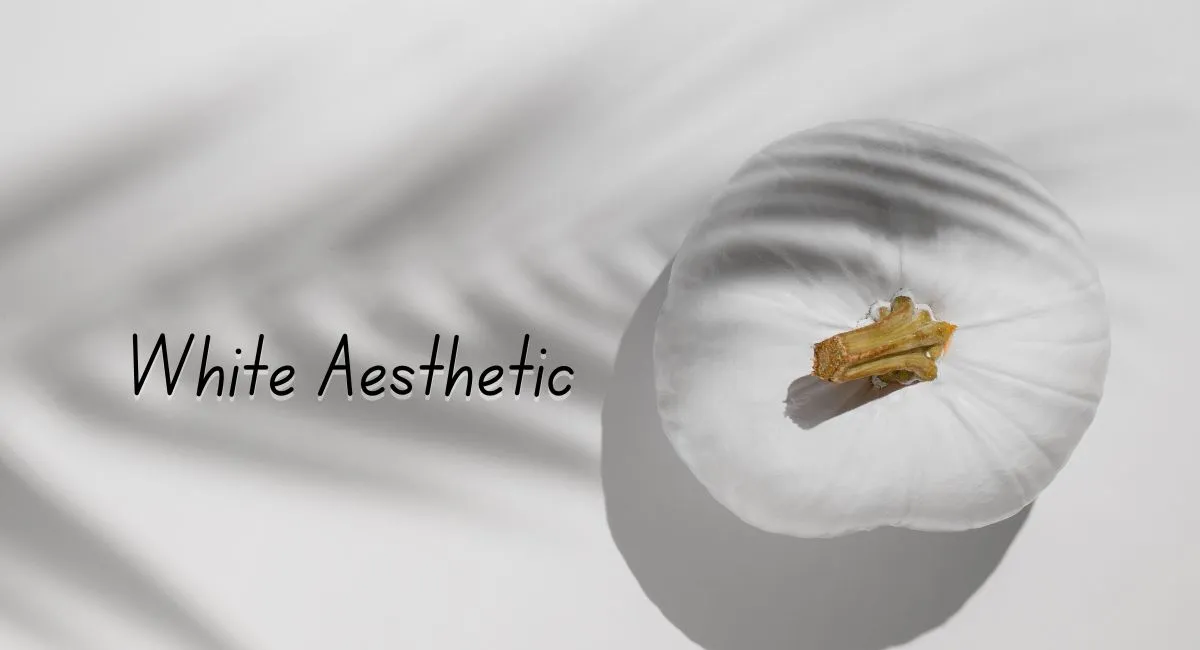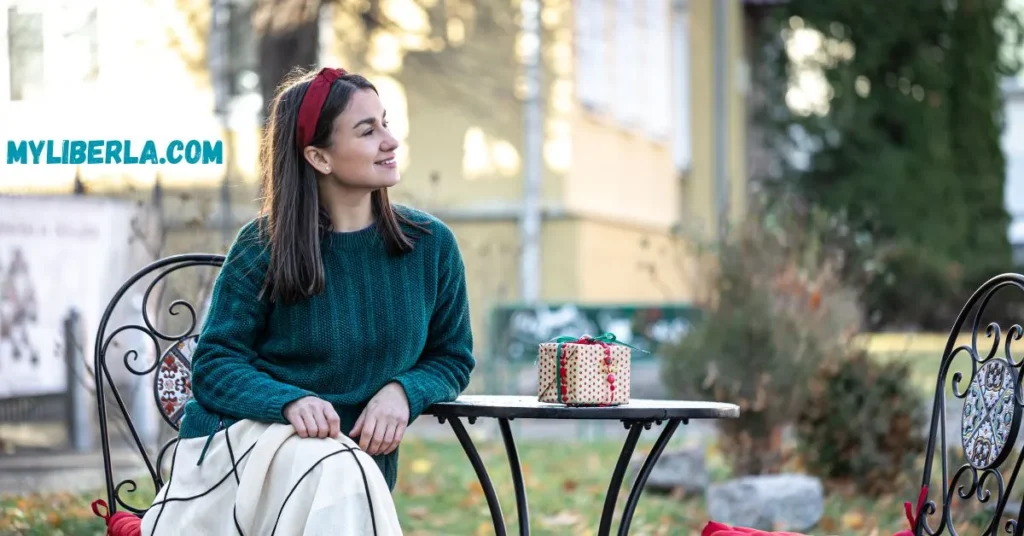White Aesthetic: A Timeless Expression of Purity and Minimalism

The concept of the “white aesthetic” has captivated designers, artists, and cultural enthusiasts for centuries. Whether in fashion, interior design, art, or digital aesthetics, white has symbolized purity, simplicity, and sophistication. This aesthetic has evolved with time, adapting to cultural shifts while retaining its fundamental elegance.
The white aesthetic continues to serve as a universal symbol of refinement and calm, whether it be the serene walls of minimalist homes or the crisp pages of a design portfolio. This article delves into the essence of the white aesthetic, exploring its significance, history, applications, and psychological impact.
The Symbolism of White
The color white is associated with purity, cleanliness, and new beginnings. It is the color of fresh snow, unmarked paper, and pristine clouds. Various cultures attribute different meanings to white, yet common themes persist:
- Purity and Innocence: White is often linked to purity, seen in wedding dresses and religious attire.
- Minimalism and Simplicity: The modern minimalistic movement embraces white to create clean, uncluttered spaces.
- Luxury and Sophistication: White exudes an effortless elegance, as seen in high-fashion brands and premium product packaging.
- Spirituality and Peace: Many spiritual traditions incorporate white in rituals and attire to signify enlightenment and serenity.
Historical Influence of the White Aesthetic
The white aesthetic has been deeply embedded in history, influencing various art and design movements:
- Classical Antiquity: Ancient Greek and Roman sculptures, often perceived as white due to the fading of original pigments, set the foundation for white’s association with timeless beauty.
- Renaissance and Neoclassicism: Artists and architects embraced white marble and muted tones to emphasize grandeur and divine inspiration.
- Modernism (20th Century): Architects like Le Corbusier and designers such as Dieter Rams utilized white to highlight form over decoration, fostering the “less is more” philosophy.
- Contemporary Minimalism: Influencers such as Steve Jobs, who insisted on Apple’s iconic white aesthetic, have reinforced the color’s place in modern culture.
Applications of the White Aesthetic
White has become a staple in interior design due to its ability to create an illusion of space, light, and tranquility. Popular applications include:
- Scandinavian Design: Clean white walls, natural light, and minimal decor define Scandinavian homes.
- Japandi Style: A fusion of Japanese and Scandinavian minimalism, focusing on muted tones and white accents.
- Modern Industrial Spaces: White contrasts beautifully with raw materials like wood, metal, and concrete.
- Luxury Interiors: High-end homes often feature white marble countertops, plush white furniture, and soft neutral palettes.
Fashion and Style
White in fashion symbolizes elegance, purity, and effortless chic. Key trends include:
- Monochrome Outfits: All-white ensembles create a striking, high-fashion look.
- Timeless Staples: White shirts, sneakers, and dresses are versatile wardrobe essentials.
- Seasonal Adaptations: White linen dominates summer fashion, while winter whites add a fresh take to cold-weather styling.
- Bridal Wear: White remains the classic choice for wedding dresses, symbolizing new beginnings.
Art and Photography
Artists and photographers utilize white for its ability to evoke emotions and enhance composition:
- Minimalist Art: White backgrounds and negative space emphasize form and contrast.
- Monochrome Photography: White enhances depth and draws attention to subtle details.
- Abstract Expressionism: Artists like Robert Ryman have explored white-on-white techniques to showcase texture and depth.
- Conceptual Art: White installations in galleries create immersive, thought-provoking experiences.
Technology and Branding
The tech industry has embraced the white aesthetic to convey modernity and innovation:
- Apple’s Iconic Design: White products and packaging embody sleekness and simplicity.
- Minimalist UI/UX Design: Websites and apps use white space to enhance readability and usability.
- Luxury Branding: High-end brands use white backgrounds to highlight product elegance.
Psychological Impact of White
Color psychology suggests that white influences human perception and emotions in various ways:
- Calming Effect: White spaces can reduce stress and create a sense of tranquility.
- Enhanced Focus: White minimizes distractions, improving concentration and productivity.
- Sense of Cleanliness: Medical environments utilize white to emphasize hygiene and sterility.
- Potential for Coldness: While white is often associated with warmth in bright settings, excessive white can sometimes feel impersonal or sterile.
Challenges and Considerations
While the white aesthetic is undeniably captivating, it comes with challenges:
- Maintenance: White surfaces, clothing, and decor require regular upkeep to prevent stains and discoloration.
- Perceived Sterility: Overuse of white can make spaces feel cold or unwelcoming.
- Balance in Design: Combining white with textures, natural elements, or contrasting colors enhances depth and warmth.
How to Incorporate the White Aesthetic
For those looking to embrace the white aesthetic, consider these practical tips:
- Layer Different Shades: Mix warm whites, creams, and off-whites to create depth.
- Introduce Textures: Soft textiles, marble surfaces, and matte finishes add interest.
- Use Accent Colors: Incorporate natural wood, gold accents, or pastel tones for balance.
- Leverage Lighting: Natural and soft lighting enhances the warmth of white spaces.
- Adopt a Minimalist Mindset: Declutter and focus on essential, well-chosen pieces.
Conclusion
The white aesthetic remains a timeless expression of elegance, simplicity, and tranquility. From ancient sculptures to modern interiors and digital designs, white continues to shape artistic and cultural landscapes.
While it requires thoughtful application to avoid sterility, its ability to evoke calm, sophistication, and clarity makes it a favorite across industries. Whether through fashion, art, or lifestyle choices, embracing the white aesthetic is more than a design decision—it is a philosophy of refined minimalism and enduring beauty.
Visit Factor-meals.com for more.



